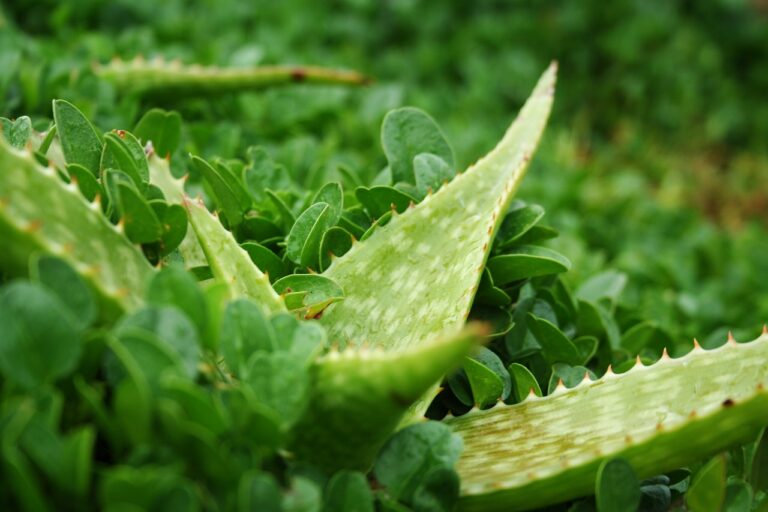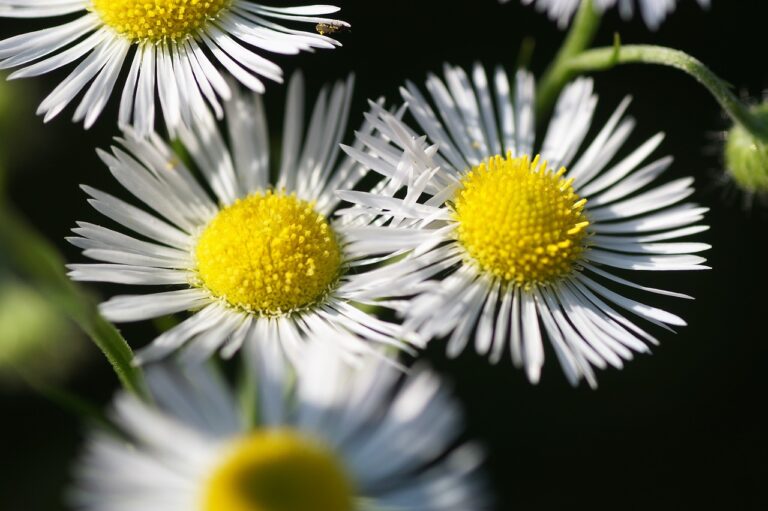Medicinal Plants
Medicinal plants hold immense healing power; ancient civilizations treasured their benefits. Greek physician Dioscorides alone recorded over 1000 plant-based remedies. Plants like Artemisia nilagirica and Curcuma longa excel in combating skin disorders, boasting bioactive molecules for diverse conditions. Quality control is paramount to guarantee safety and efficacy. However, threats loom – climate change, habitat destruction, and over-collection endanger these miraculous resources. The journey through the world of medicinal plants is fascinating; there is much more to discover about their history, phytochemical basis, practices, regulations, and challenges.
History of Medicinal Plants
From the ancient civilizations of Sumer and Egypt to the detailed writings of Greek physician Dioscorides, the history of medicinal plants is rich with evidence of their integral role in early healing practices. The roots of plant-based medicines run deep in human history, with records from the Sumerian and ancient Egyptian civilizations showcasing the recognition of plants’ medicinal properties. The Ebers Papyrus, an ancient Egyptian medical text, not only highlights the traditional medicine practices of the time but also serves as a proof to the early understanding of the healing potential of plants.
Dioscorides, a renowned figure in the history of medicinal plants, meticulously documented over 1000 recipes for plant-based medicines, providing insight into the extensive use of botanical remedies in ancient healing practices. His work laid the foundation for the utilization of medicinal plants in pharmacopeias for centuries to come. Additionally, the field of ethnobotany, which explores traditional plant knowledge, plays an important role in contemporary drug research by drawing upon the wealth of historical information on medicinal plants. The utilization of plant samples found in prehistoric burial sites further underscores the enduring relationship between humans and herbal medicine, emphasizing the significant impact of medicinal plants on human health throughout the ages.
Phytochemical Basis
The complex network of phytochemical compounds found within medicinal plants serves as the foundational basis for their remarkable therapeutic properties and health-enhancing benefits. Phytochemicals encompass a vast array of natural compounds, including alkaloids, flavonoids, terpenoids, and phenolic compounds, each playing a pivotal role in the pharmacological activities exhibited by these plants.
Alkaloids, such as morphine and quinine, possess potent medicinal properties and are known for their analgesic and psychoactive effects. Flavonoids, found in fruits and vegetables, exhibit antioxidant and anti-inflammatory properties, essential for combating oxidative stress and reducing inflammation in the body. Terpenoids contribute to the unique aroma of many plants and offer diverse health benefits, including antimicrobial and anticancer effects. Phenolic compounds, such as resveratrol and tannins, are celebrated for their antioxidant properties, which help neutralize harmful free radicals in the body.
The synergistic effects of these phytochemicals result in the wide-ranging pharmacological activities observed in medicinal plants. From antioxidant and anti-inflammatory actions to antimicrobial and anticancer properties, these compounds work in harmony to promote overall health and well-being. Understanding the phytochemical basis of medicinal plants is essential to revealing their full therapeutic potential and harnessing their benefits for disease prevention and treatment.
Medicinal Plants in Practice
In the domain of healthcare and wellness, the vital application of medicinal plants stands as proof of the enduring power of nature’s remedies. African Traditional Medicine (ATM) heavily relies on herbal remedies derived from medicinal plants, with approximately 80% of the global population depending on these natural sources for various treatments. Within traditional medicine practices, specific plants like Artemisia nilagirica and Curcuma longa have demonstrated effectiveness in combating skin disorders, showcasing the therapeutic properties of medicinal plants in addressing dermatological issues.
The bioactive molecules present in medicinal plants play a pivotal role in treating skin conditions, ranging from common ailments like acne to more severe conditions such as skin cancer. The utilization of medicinal plant products for skin disorders highlights their importance in modern healthcare systems. However, it is essential to conduct rigorous toxicological evaluations on these plants, as some may have adverse effects on different organ systems. Proper screening and classification of these plants are necessary to guarantee their safe and effective use in medicinal applications.
The increasing use of medicinal plants can be attributed to their historical effectiveness, affordability, and availability. Embracing the wealth of therapeutic benefits offered by medicinal plants not only honors traditional healing practices but also paves the way for innovative solutions in addressing various health concerns.
Regulation and Safety
Guaranteeing the safe and effective use of medicinal plants necessitates stringent regulatory oversight and quality control measures globally. Regulation of medicinal plants varies across countries, with some having strict guidelines to ensure safety and efficacy. The safety of these plants is a significant concern due to potential contamination, mislabeling, and interactions with conventional medications. Quality control measures are indispensable to ensure the safety and effectiveness of medicinal plants, whether in the form of teas, extracts, or supplements. Adverse effects can occur, underscoring the necessity for proper dosing, monitoring, and reporting to regulatory authorities.
Collaborative efforts between herbal medicine practitioners, researchers, and regulatory bodies are pivotal in establishing standards for the safe use of medicinal plants. By working together, these stakeholders can develop protocols that improve the quality control processes and minimize risks associated with medicinal plant consumption. Through shared knowledge and expertise, the community can guarantee that medicinal plants are utilized safely and effectively for therapeutic purposes. It is imperative to continue advancing in regulatory frameworks and quality assurance practices to uphold the integrity and efficacy of medicinal plants in healthcare.
Threats to Medicinal Plants
Facing dire perils from climate change, habitat destruction, and over-collection, medicinal plants are under severe threat on a global scale. Climate change is altering the ecosystems where these plants thrive, making it challenging for them to adapt. Habitat destruction, driven by various human activities, is shrinking the areas where medicinal plants grow, pushing them towards extinction. Over-collection, fueled by market demand, is exacerbating the situation by depleting wild populations faster than they can regenerate. This unsustainable use is further amplified by the lack of regulation in traditional medicine practices.
- Climate change is disrupting the delicate balance of ecosystems, making it harder for medicinal plants to survive.
- Habitat destruction is like erasing the natural pharmacies where these plants hold the keys to healing.
- Over-collection is akin to harvesting a field without ever replanting, leading to the decline of medicinal plant populations.
- Lack of regulation allows for the reckless exploitation of these valuable resources, jeopardizing their future existence.
The global export value of medicinal plants, estimated at around US$60 billion per year, highlights their economic importance. However, these profits often come at the cost of sustainability and conservation. The lack of quality control and authenticity in the botanical herbal market further adds to the challenges faced by medicinal plants in the wild. It is imperative to address these challenges urgently to safeguard the preservation and responsible use of these invaluable natural resources.






